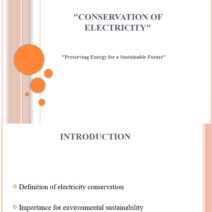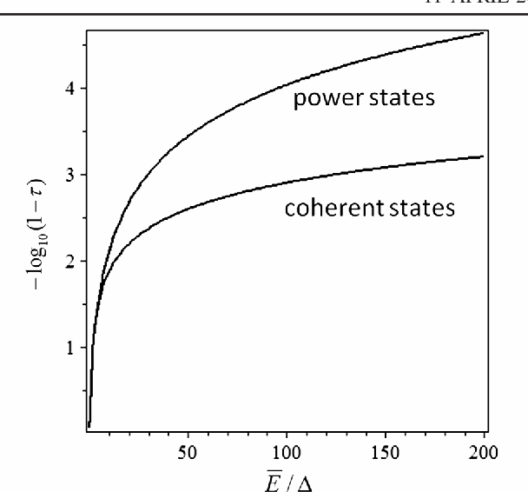As the Earth’s temperature gradually rises due to anthropogenic activities, a pressing question emerges: Does global warming lead to an increased incidence of skin cancer? The interplay between climate change and health outcomes warrants a closer examination. It is a complex relationship influenced by various environmental and biological factors that are intricately linked.
The sun, while essential for life, poses a growing threat as the climate continues to shift. Ultraviolet (UV) radiation emitted by the sun accounts for a significant portion of skin cancer cases. In recent decades, the intensity of UV radiation reaching the Earth’s surface has escalated, exacerbated by the depletion of the ozone layer—a protective shield that filters harmful rays. As global temperatures rise, it is plausible to postulate that increased solar exposure could lead to a higher incidence of skin cancer.
The primary types of skin cancer include basal cell carcinoma, squamous cell carcinoma, and melanoma, each with varying levels of severity and prevalence. Basal cell carcinoma is the most common form and is typically localized and highly treatable. Squamous cell carcinoma, while also common, involves slightly higher risk. Melanoma, however, is the most aggressive and can be fatal if not detected early. The correlation between UV exposure and these cancers is well documented, raising concerns regarding the evolving climate.
The mechanism of skin damage due to UV radiation is quite profound. When skin cells absorb UV light, it can cause mutations in their DNA. These mutations, if not repaired adequately, can lead to uncontrolled cell growth, culminating in skin cancer. Furthermore, increased sun exposure due to rising temperatures may encourage outdoor activities, inadvertently augmenting the risk of skin damage. In regions where temperatures are climbing, people may spend more time outdoors, reducing their use of sun protection and increasing their risk of harmful exposure.
Moreover, as weather patterns change, populations are shifting. Migration to sunnier climates or urban areas—often perceived as more favorable—can lead to higher exposure to UV rays. Urban development tends to replace natural vegetation with hard surfaces, increasing heat retention. This phenomenon—commonly known as the urban heat island effect—can intensify overall sun exposure and increase the risk of skin cancers among residents. How do communities adapt to these shifting patterns to mitigate health risks? Are proactive measures being taken to raise awareness? These are critical questions that policymakers need to address.
Another essential factor to consider is the changing atmosphere. As the climate warms, other biological stressors emerge. Higher temperatures can lead to an increase in air pollution, particularly ground-level ozone. This rise in pollution can exacerbate skin conditions and overall health, thereby leading to a dual threat. The interrelationship between environmental health and human health becomes increasingly evident, intensifying the need for interdisciplinary research and public health initiatives.
In the face of these ominous trends, public health campaigns concerning skin protection are crucial. Education on the dangers of excessive sun exposure, the importance of using sunscreen, and the efficacy of protective clothing can greatly aid in curbing skin cancer rates. Additionally, regular skin examinations can lead to early detection, which is vital for combating the more lethal forms of skin cancer. However, the question arises: are these initiatives reaching the populations most at risk? To what extent are local governments and health officials investing in preventive measures?
Furthermore, the increasing prevalence of skin cancer brings forth socio-economic considerations. The healthcare burden associated with skin cancer treatment can be significant. As the incidence rates rise, the economic impact on healthcare systems intensifies, diverting resources that could be allocated elsewhere. This poses a challenge for policymakers who must balance spending across various health initiatives and public service requirements.
Climate resilience is increasingly becoming a pivotal theme in discussions surrounding public health. As communities adapt to changing climates, the health implications must be factored into urban planning, infrastructure, and community outreach programs. For instance, providing shaded areas in urban environments can help mitigate the risks associated with UV exposure. Additionally, fostering green spaces can aid in offsetting some of the urban heat island effects while promoting health through access to nature.
The intersection of global warming and skin cancer invites a nuanced conversation about preventative strategies, public policy, and community engagement. As the planet continues to warm, intricate questions loom large. How do we prioritize research that elucidates the links between environmental shifts and health outcomes? Are we adequately funding initiatives focused on education and prevention? Addressing these questions is imperative to safeguard future generations from the escalating threats posed by climate change.
Thus, in conclusion, the dialogue surrounding global warming and its potential to amplify skin cancer risks must continue to evolve. It invites not only scientific inquiry but demands immediate action from communities and governments of all levels. As we face this mounting challenge, proactive engagement and comprehensive strategies will be crucial in combating the rising threat of the sun and, ultimately, in mitigating the effects of climate change on public health.








